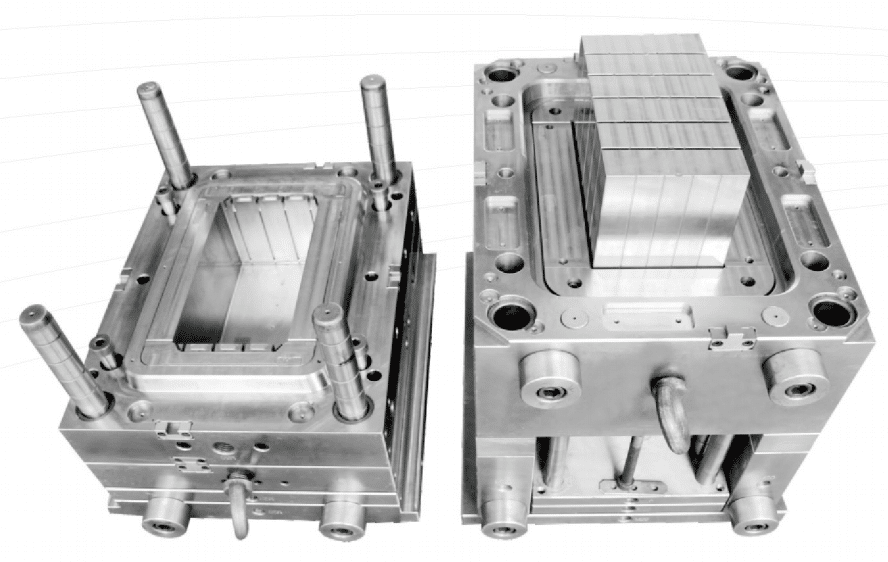After 15 years of making injection molds for clients worldwide, I’ve seen what makes projects succeed or fail. Let me share some honest advice about working with Chinese mold suppliers like us.
What You Need to Know Before Contacting Us
You know what makes my day? When a customer sends a detailed drawing right from the start. But you’d be surprised how many emails I get that just say “Hey, can you make this part?” with a blurry photo. Here’s what we actually need to help you:
- 3D files (STEP or IGS format – please, no more screenshots!)
- Part dimensions and tolerances
- Material requirements
- Annual production volume
- Target price range (yes, tell us this upfront – it saves everyone time)

Why Some Projects Go Wrong (And How to Avoid It)
Let me tell you about last month’s project. A client wanted a “simple” mold for their new product. But they didn’t mention it needed food-grade materials until after we started production! Starting over cost them extra time and money. Don’t be that client!
Common issues I see:
- Rushing through design verification (we’ll both regret this later)
- Assuming we know your country’s standards (tell us explicitly)
- Not considering shipping and customs time (yes, Chinese New Year will affect your timeline)
What Makes a Good Partner for Us
You might think the perfect client is one who just says “yes” to everything. Actually, I love working with customers who:
- Ask detailed questions (it shows you care about quality)
- Understand that quality and super-low prices don’t mix (we’re honest about this)
- Plan ahead for their production schedule
- Stay in regular communication (but understand our time zone!)
Let’s Talk Money (Because Everyone Does)
Here’s what affects your mold price:
- Size and complexity
- Steel grade (P20, H13, S136, etc.)
- Number of cavities
- Surface finish requirements
- Tolerance requirements
And please remember – when you ask for “best price,” we need to know your quality expectations. A mold can cost $3,000 or $30,000. Both are “best prices” for different quality levels.
Timeline Reality (Yes, Including Chinese Holidays)
Want to know why some orders get delayed? Here’s a real example: Last year, a client needed their mold “ASAP.” We worked overtime to finish it, but they took two weeks to approve the samples. Project timelines are a two-way street!
Typical timeline from our side:
- Design review: 3-5 working days
- Mold making: 35-45 days (depends on complexity)
- Sampling: 7-10 days
- Modifications (if needed): 7-15 days
Pro tip: Add buffer time for Chinese New Year (January/February), National Day (October), and other holidays. Yes, we’ll tell you about holidays in advance!
Communication Tips That Work
WeChat, WhatsApp, or email – we’re flexible. But remember:
- Send pictures when describing issues
- Confirm important details in writing
- Be patient with time zone differences
- Use simple English (fancy words often get lost in translation)
Quality Control Secrets
Want to know how we ensure quality? Here’s our process:
- Design review meetings (internal team + customer)
- Material certification checks
- In-process inspections
- Test shots and measurements
- Sample approval
Want even better quality control? Consider:
- Third-party inspection (we welcome this)
- Video calls during testing
- Regular progress photos
Special Note About Revisions
Sometimes clients say, “Just one small change!” But in mold making, even small changes can have big impacts. I remember a client who wanted to change a radius after the mold was 80% complete. That “small” change meant redoing an entire section.
Working Together Successfully
The best projects happen when:
- You know your requirements clearly
- We understand your market’s standards
- Both sides communicate openly about challenges
- Timelines are realistic
- Quality expectations match the budget
Final Tips from a Supplier Who Cares
- Ask about our previous experience with similar parts
- Request sample parts from our existing molds
- Start with a simple project to test our capabilities
- Be clear about your quality requirements
- Plan for the future (spare parts, maintenance, etc.)
Remember, we want your project to succeed as much as you do. A successful mold means you’ll come back for more projects, and that’s good for everyone.
Questions? Feel free to ask. After all, every great partnership starts with a conversation!